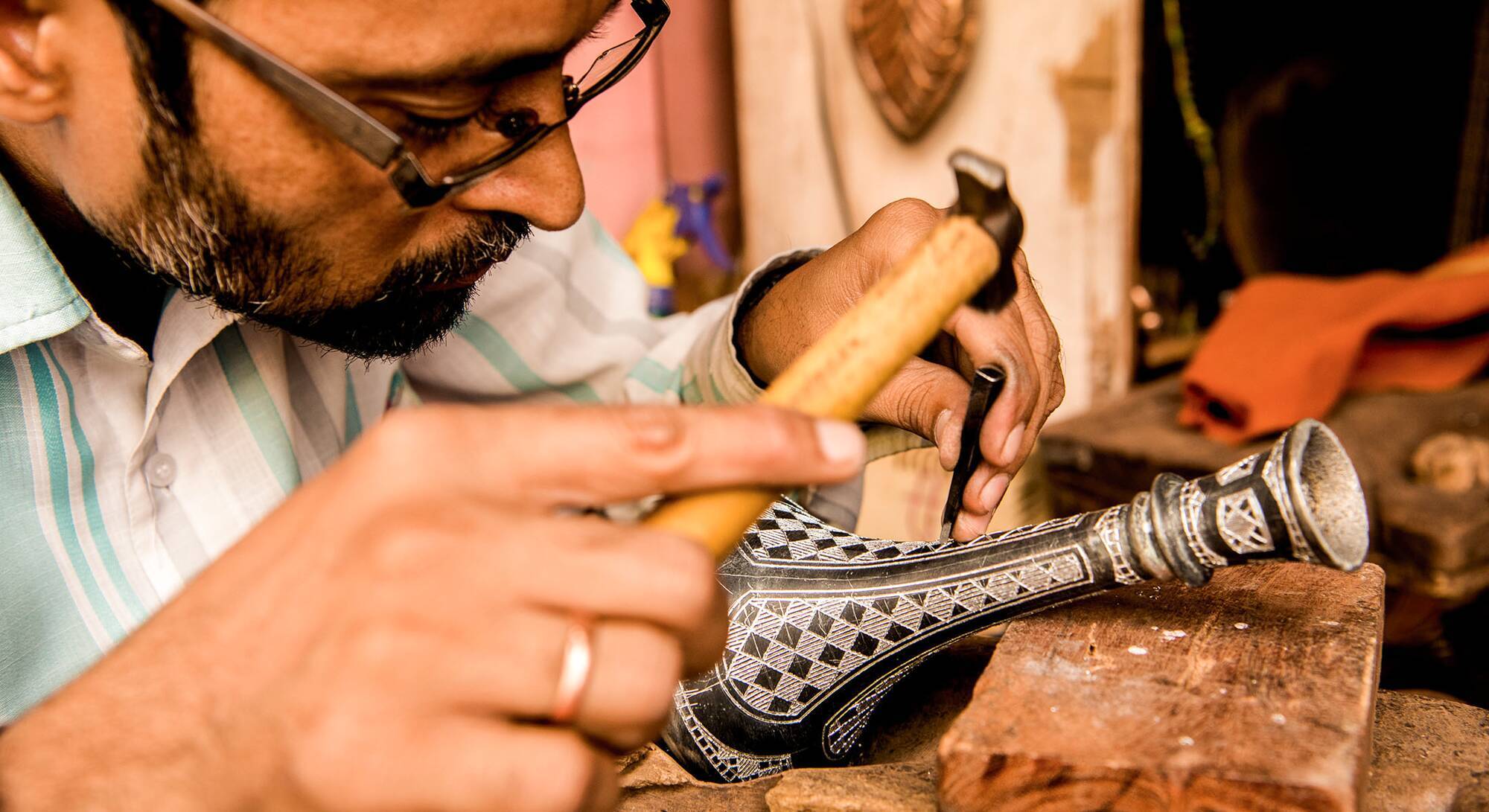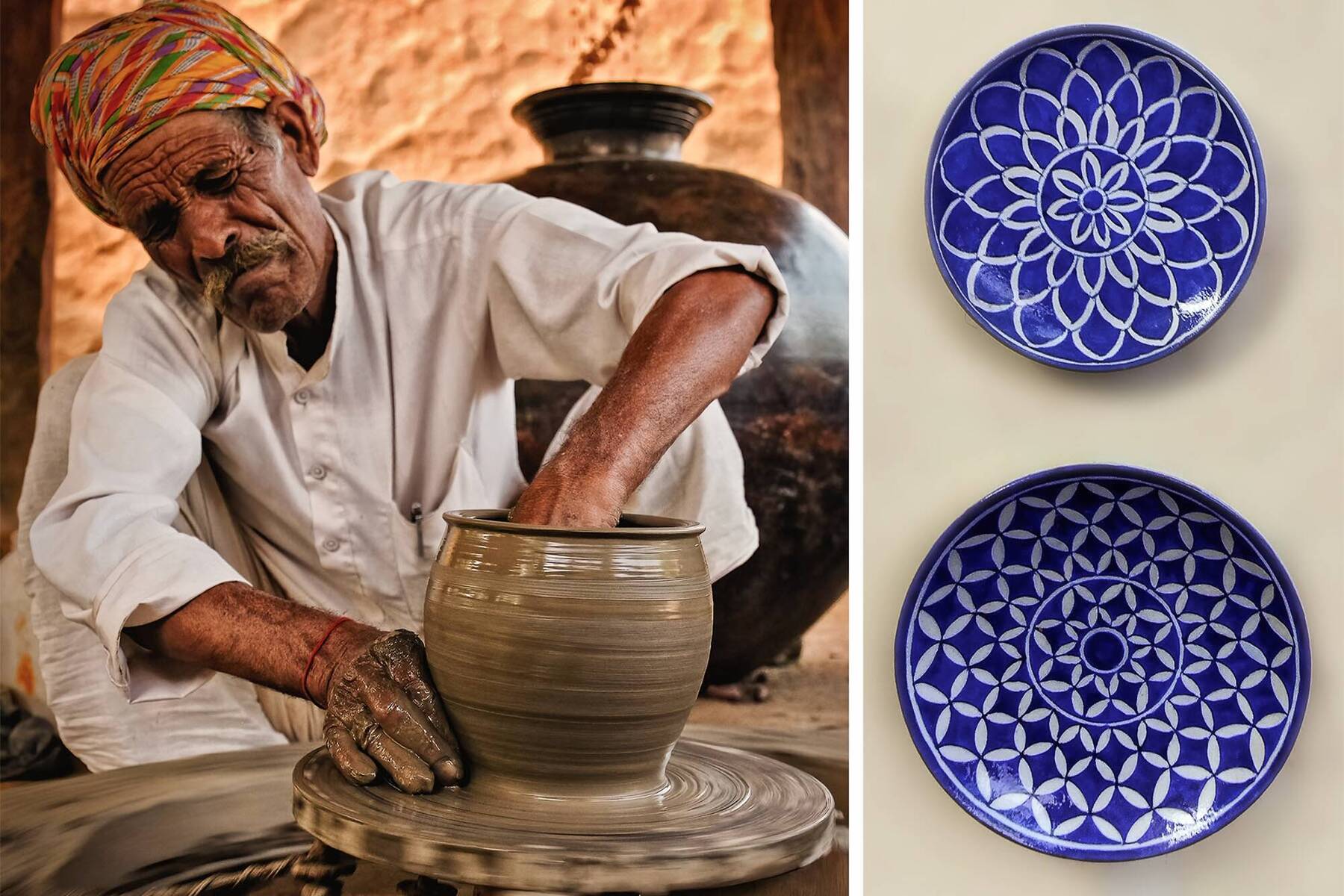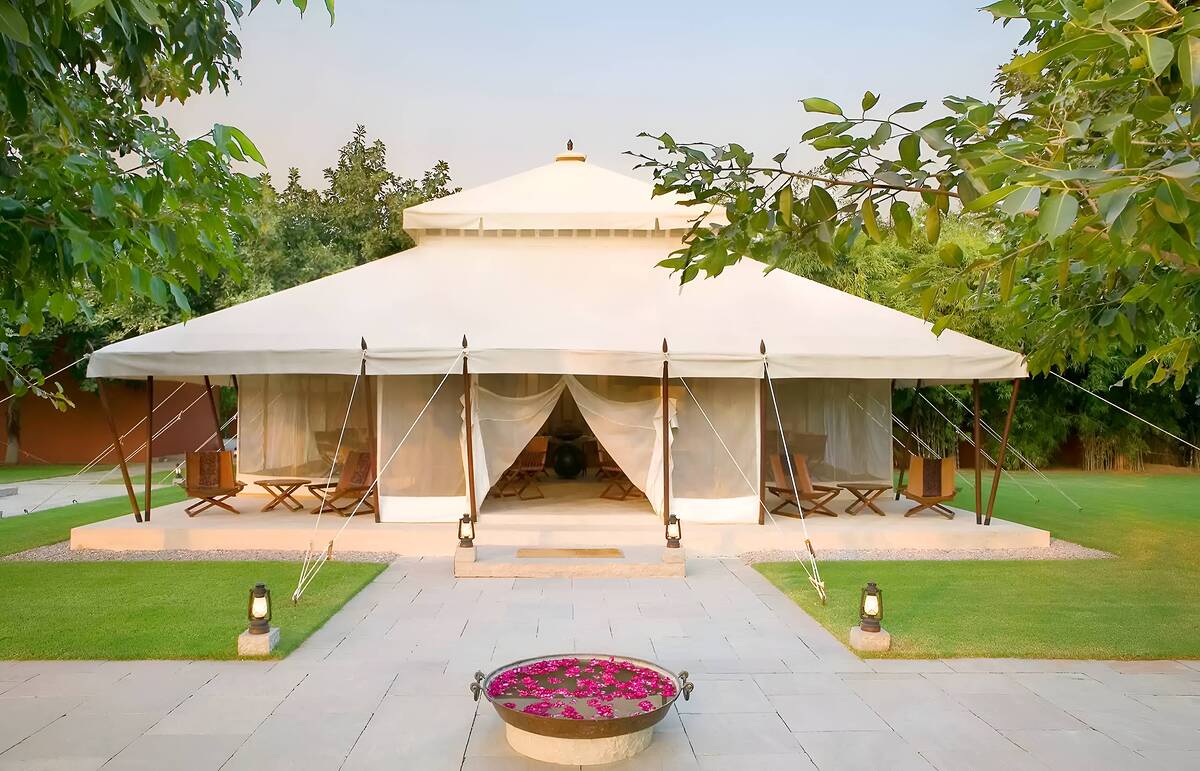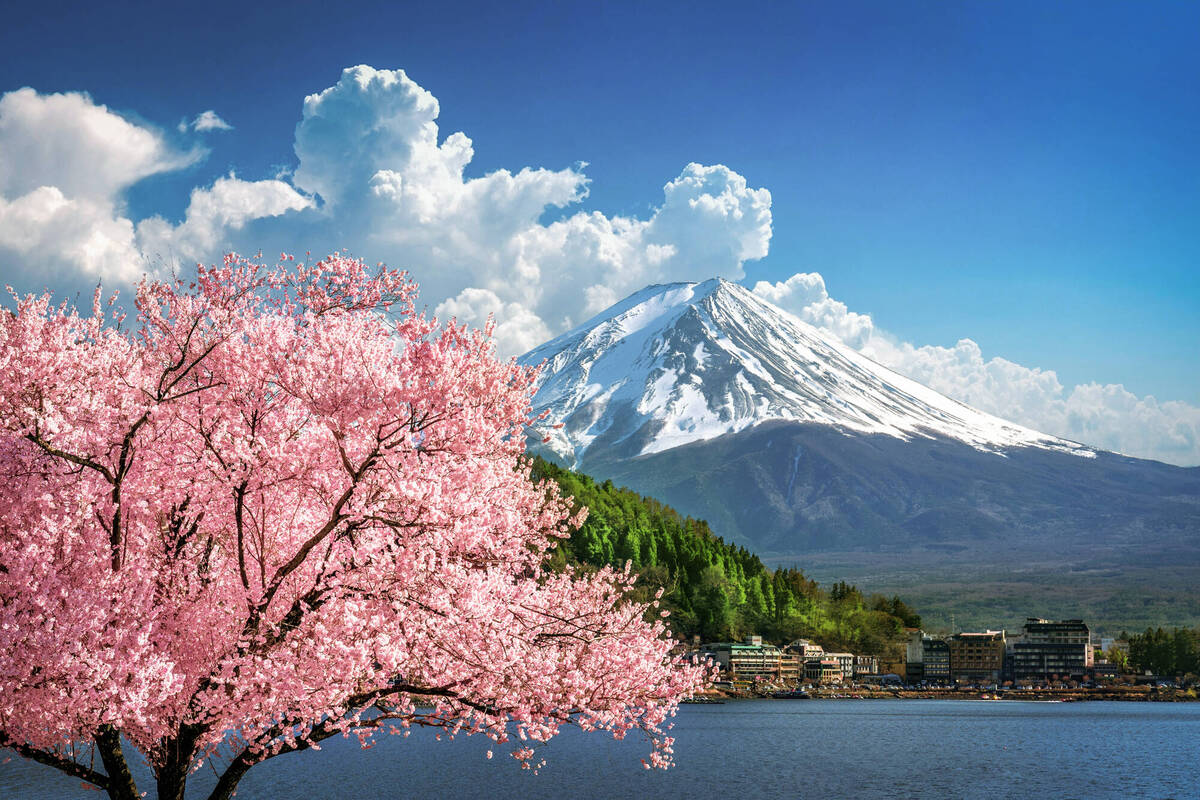Textiles
Across India, practices that involve intricate needlework or textile stamping are commonplace. In Lucknow, the embroidery of chikankari takes precedence, while West Bengal, Tripura and Odisha practice kantha needlework techniques. Bandhani, a form of tie-dyeing, originated in Gujarat, while over in Varanasi and Assam, silk weaving is particularly popular. Visit these locations and you’ll discover workshops, tours and talks about the ancient techniques, alongside shops and stalls selling stacks of these beautiful fabrics.





















Comments